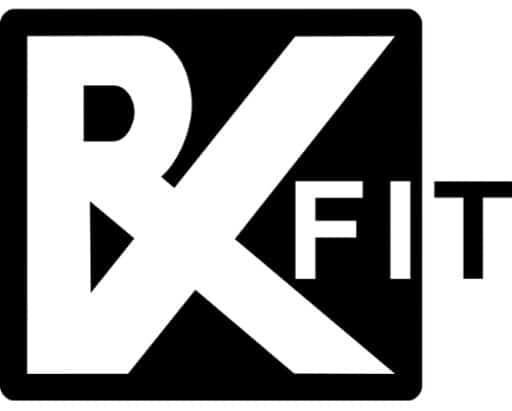Running is a great way to get in shape, build muscles and strengthen your cardiovascular system. However, a lot of people shy away from running because it can be tough on the body and, if not done correctly, can lead to pain.
To prevent this from happening, you have to understand the underlying biomechanics, the perfect run form, and the ideal posture. When these three things are in check, you will be able to run without any pain and prevent any injury.
The Bio-Mechanics Behind Running
The biomechanics of running is the key to understanding how to run correctly and without pain. When you run, each segment of your body goes through different movements to execute the perfect stride. If we break down each body segment and look at the different planes of movement, we can see how different muscles are used during each phase of the stride.
Upper Body
Starting from the head down, the first thing that moves is the head. The head should be level with the horizon and your gaze should be fixed and aligned above your shoulders.
Keep your shoulders relaxed and your arms by your side with your thumbs pointing up towards the sky. As you run, your arms should swing in a forward and backward motion- without letting them cross the center of your body. Your elbows should remain close to your body.
Your arms play an important role in helping you generate momentum and keep your balance. As your arms swing, make sure that your shoulders and hips remain level. Do not let your shoulders rise up to your ears or hunch forward.
Trunk and Posture
Have you ever heard the phrase, “run tall”? This phrase is used to describe the perfect posture for running. Usually, throughout the day, you are in a hunched-over position- whether you are sitting at a desk or even couch. This position puts a lot of strain on your back and shoulders and can lead to relatively tight hip flexors. With this issue, your glutes (butt muscles) are not activated properly which makes them weaker.
To fix this, it is important to maintain good posture or “tall” and a strong, stable trunk. Imagine that someone is gently pulling a string from the top of your chest- causing you to open up your chest. When this happens, your body will fall forward with gravity.
Landing Mechanics
Landing mechanics is the progress of running by utilizing gravity to fall forward. most of the force and impact go through your body. To understand this better, we use the pose-to-run method which entails aligning your shoulders, hips, knees, and toes.
In the first stage, you’re balancing on one leg while the other is in front of you with its knee at a 90-degree angle to your body. As you fall forward, your weight should shift to the ball of your foot that is in contact with the ground.
To push off and start sprinting, you should extend your hips and knees to produce a force that propels you forward. As your feet come off the ground, make sure that your toes are pointing in the direction that you’re running.
Ready To Start Your Journey?
Now that you understand the biomechanics behind how to run without pain, you are ready to start your journey to becoming a runner. Remember to focus on your posture, arm swing, and trunk stability to maintain perfect form. At the same time, properly utilize gravity to give you that momentum to keep on going.
Start slow and gradually increase your mileage and intensity. And most importantly, have fun!
If you need help getting started or want further guidance, please contact us. We would be happy to help you on your running journey!


